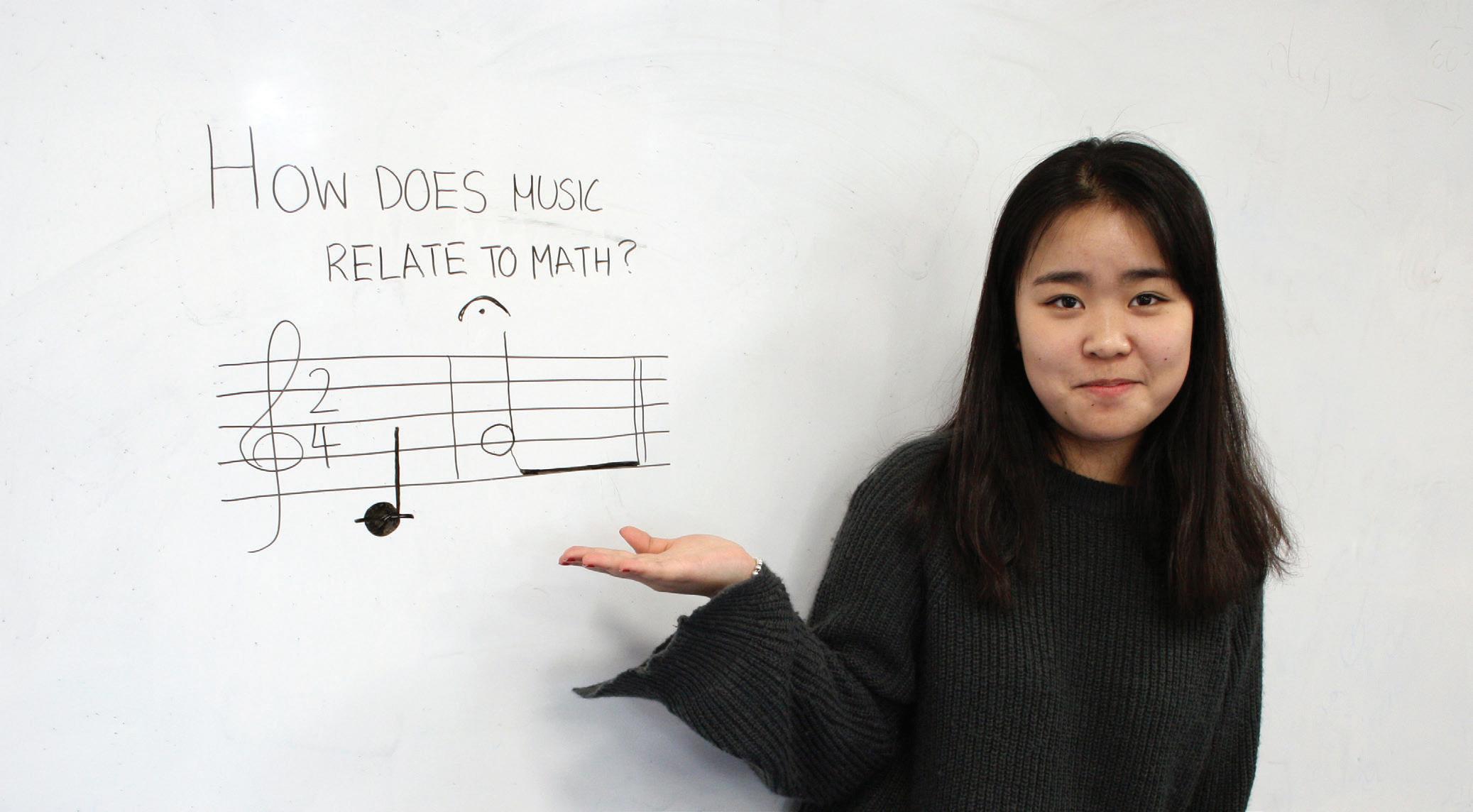
6 minute read
Are IB students prepared to defend against ‘fake news’? Shane Horn
Are IB students prepared to defend against ‘fake news’?
Shane Horn on encouraging critical thinking
‘The IB prepares students to succeed in a world where facts and fiction merge in the news, and where asking the right questions is a crucial skill that will allow them to flourish long after they’ve left our programmes’ reads a statement on the website of the International Baccalaureate (IB), with a link to a section about the IB Diploma Programme critical thinking course Theory of Knowledge.
As a Theory of Knowledge coordinator, the one question I cannot help but ask is: How do we know? While we can know that we are preparing students to become lifelong critical thinkers, how do we know they are actually becoming lifelong critical thinkers? In other words: How do we know we are accomplishing our goal? This question was on my mind in the winter of 2016 when I came across a study by the Stanford History Education Group that measured digital literacy skills, or what they call ‘civic online reasoning’.
The Stanford researchers were alarmed by the performance of the U.S. students, going so far as to call the results ‘dismaying’ and ‘bleak’ (Wineburg et al, 2016, p4). I decided to test how students at an international school in Finland would compare, and administered the same tasks to a group of ‘pre-IB’ students preparing to enter the IBDP, and to another group preparing to graduate from the programme. The results of this replication (Horn & Veermans, 2019) were rather striking.
The first good news is that the graduating class outperformed the incoming class, which suggests (after accounting for confounding variables) that the IBDP strengthens student ability to distinguish reliable information from ‘fake news’ in contexts of social media and online news. The more compelling outcome, however, was the differences between both of these groups and the U.S. results: the students in Finland significantly outperformed the U.S. students across the board. In fact, on several tasks these students performed at the mastery level to a similar degree that the students in the U.S. had performed at the beginning level. The results were like negative mirror images of each other. (See Task 4 figure overleaf)
The natural question which I proceeded to explore with my mentor, Dr Koen Veermans of the University of Turku, was: Why the difference? We uncovered an existing framework developed by Robert Ennis (1989) that considers curricular approaches to facilitating critical thinking to help establish causal comparison. Ennis classified these approaches as follows: General: Critical thinking is explicitly taught as a separate course. Infusion: Critical thinking is explicitly taught within subject areas. Immersion: Critical thinking is implicitly taught within subject areas. Mixed: The general approach with either infusion or immersion.
When we applied these curricular approaches to the three curricula under consideration—the IBDP, the Finnish National Core Curriculum (which nearly all of the students in our research studied prior to entering the IBDP), and California’s Common Core State Standards (which all of the students in the Stanford study were studying)—we found that both the IBDP and the Finnish curriculum teach critical thinking explicitly as a separate course. This was not the case with the U.S. curriculum.
On March 11, 2011, there was a large nuclear disaster at the Fukushima Daiichi Nuclear Power Plant in Japan. This image was posted on Imgur, a photo sharing website, in July 2015.
Fukushima Nuclear Flowers
by pleasegoogleShakerAamerpleasegoogleDavidKelly • a month ago
Not much more to say, this is what happens when flowers get nuclear birth defects
Does this post provide strong evidence about the conditions near the Fukushima Daiichi Power Plant? Explain your reasoning.
With the IBDP, this is through Theory of Knowledge, which is also deeply embedded into the course subjects. With the trend over the past decade to make Theory of Knowledge even more explicit within the course subjects, the IBDP pretty clearly follows the mixed infusion approach. Finland also facilitates critical thinking as a separate and distinct course through philosophy, worldview and ethics courses. It was a bit trickier to determine how the course subjects are facilitated, since in Finland teachers retain autonomy in determining how to deliver the curriculum. Although there is plenty of evidence to suggest that subject area teachers in Finland are inclined to teach critical thinking explicitly, we had to determine at least at the curricular level that it follows the mixed immersion approach. California, meanwhile, does not have a separate course in critical thinking. It is embedded into the subjects explicitly or implicitly depending on the course and teacher. Hence, it follows immersion or infusion only.
So what does this all mean? Quite a lot, it turns out. A survey of national curricula around the world reveals that students studying in both the IBDP and the Finnish curriculum are provided a unique opportunity, as critical thinking is rarely taught as a separate course in schools. The overriding implication for designers of educational curricula is clear: make critical thinking explicit. Have a specific course in critical thinking, and connect that course to all the other courses.
For classroom teachers of any curriculum, the message is this: Teach critical thinking in your class, and teach the skills explicitly. The pedagogical benefits of tasks and activities which implicitly embed critical thinking—such as concept mapping, facilitation of small group discussion within subject matter instruction, and/or merely asking higher order thinking questions without any explicit instruction in critical thinking development—remain inconsistent and inconclusive (Tiruneh et al, 2014, pp 5-6). Where most researchers agree, which is supported by our recent research, is that the more explicit we are about what critical thinking is and how to do it, the stronger the outcomes become on tasks measuring these skills, including those which transfer to real world contexts.
I would go even further. In light of the current global push toward prioritising ‘21st century skills’, it seems appropriate and indeed necessary to advocate a complete professionalisation of critical thinking as a core subject. Let us place this subject on equal footing with traditional core subjects such as mathematics, the natural and social sciences, and language and literary studies. University training programmes which offer majors in teacher education, and governmental bodies which oversee teacher certification subjects, should be adding “critical thinking” to their lists of available subjects, and they should be doing so sooner than later.
Not least, we should be looking to the models of the IBDP and the Finnish education system for how best to integrate critical thinking instruction into the curriculum. Their outcomes are speaking volumes.

References
Ennis R (1989) Critical thinking and subject specificity: Clarification and needed research, Educational Researcher, 18(3), 4-10 Horn S and Veermans K (2019) Critical thinking efficacy and transfer skills defend against ‘fake news’ at an international school in Finland, Journal of Research in International Education, 18(1), 23-41 Tiruneh D, Verburgh A and Elen, J (2014) Effectiveness of critical thinking instruction in higher education: A systematic review of intervention studies, Higher Education Studies, 4(1), 1-17 Wineburg S, McGrew S, Breakstone J and Ortega T (2016) Evaluating Information: The Cornerstone of Civic Online Reasoning, Stanford Digital Repository. Retrieved from http://purl.stanf ord.edu/fv751yt5934









